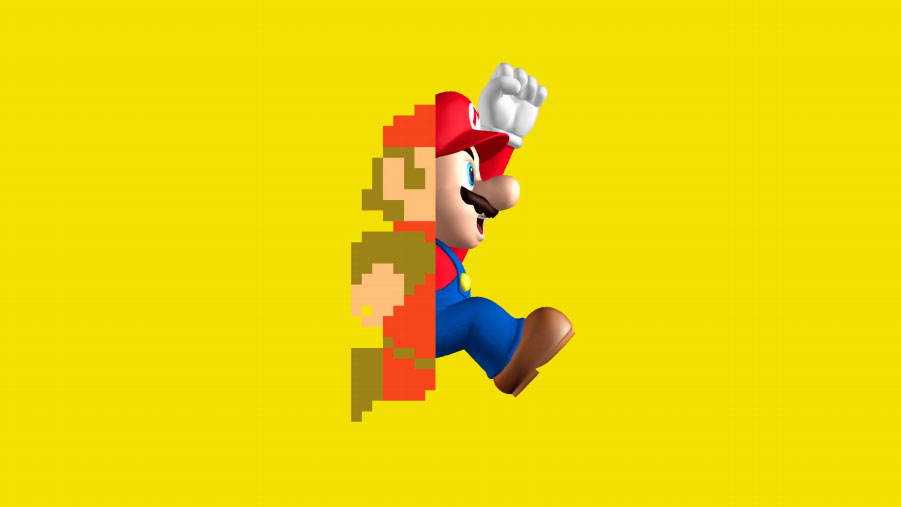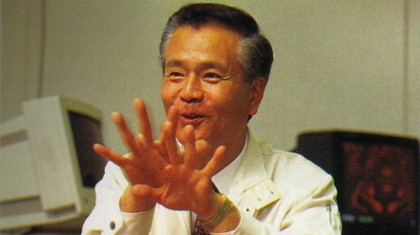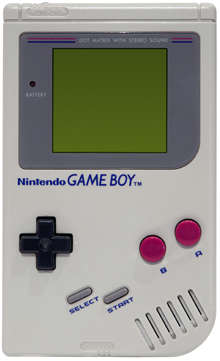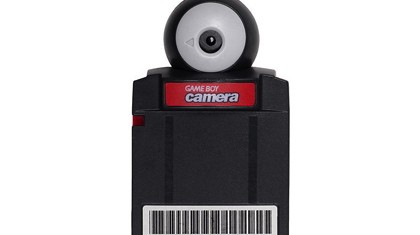
Today, Nintendo's pride and joy, the Game Boy, turns 25 years old.
It's a day to not only celebrate the release with a game of Tetris (do we really need to give you a reason to play Tetris?), but to fondly remember one of Gunpei Yokoi's greatest inventions.
Before we look at how and why Nintendo's handheld impacted gamers' lives, we need to understand a bit about Gunpei Yokoi, the maestro behind the technology.
Fast Times with Gunpei Yokoi
Nintendo, as many of you know, wasn't always in video games. For years it was the world's largest producer of Hanafuda cards.

Yokoi was an employee on Nintendo's toy team, selected early in his career to design a simple extending arm for the 1966 Christmas season. His toy was a success.
When Nintendo became a video game company in 1974, he was the best choice to start his own division where he'd later develop the Game & Watch, known for its simplistic, addictive gameplay.
He would later use these talents to create a platform for games in the late '80s to make what we now know as the Game Boy.
Get daily insight, inspiration and deals in your inbox
Sign up for breaking news, reviews, opinion, top tech deals, and more.
April 21, 1989: a day that changed gaming forever
I don't think that's too audacious to say, nor some kind of hyperbole. The Game Boy, more than Atari's Lynx or Sega's Game Gear, truly paved the way for what gaming on the go could be.
It will never be remembered for being all that portable, but the interchangeable cartridge-based Game Boy ushered in a new era of accessible mobile gameplay to a generation already hooked on Nintendo's home console.
It came at the right time and hooked a burgeoning market. The perfect storm of accessibility and affordability (it retailed for $89.95 at launch), the Game Boy found a market not only in the gamer-on-the-go demographic, but also anyone who had a free minute - what we'd now call the casual market.

The hardware
But don't let its history fool you; it was far from flawless.
Its first iteration required four(!) AA batteries and its dim 2.6-inch screen pales in comparison to today's technology. It only had 8KB of RAM and a 2-bit color palette (that's exactly four shades of gray, mind you).
Its rivals, the Sega Game Gear and Atari Lynx, outclassed it technically at every turn. The Game Gear supported a few thousand colors compared to the Game Boy's four, and the Atari Lynx had 64KB of RAM, not to mention a 12-bit color palette.
But to a '90s Nintendo it wasn't about flashy graphics or necessarily overloading the system with the best tech; it was just about having great software.
The games
With a new platform there's always a challenge of filling it with content. Thankfully, with the success of the NES, consumers trusted Nintendo to fulfill this promise.
Games like Super Mario Land, The Legend of Zelda: Link's Awakening, and Donkey Kong Land showed that Nintendo knew how to repeat the magic on a handheld, while Kirby's Pinball Land and Pokémon proved that they could innovate on the new platform. These were imaginative, simplistic and addicting games - in the vein of the Game and Watch systems that came before it - that solidified Nintendo as an intrepid innovator.
Sure, there were straight ports, but most of the Game Boy's 700-plus titles were one-of-a-kind experiences, exclusive to the handheld.
Then came even more hardware…
Nintendo was no stranger to additional hardware. (Remember, these were the people who made the Power Glove.) So it made sense that they would pioneer handheld multiplayer with a pack-in link cable.
This relatively mundane wire opened up the world of multiplayer for handhelds. It inspired competition and made Tetris a battle of skill between two great minds rather than simply you facing your old top score.
Now consider the Game Boy Printer and Camera, the latter being found in every mobile device made today. It was a visionary product from a visionary company.

Nintendo was among the first to have these for a handheld, and they had come years before we had heard the words "iPhone" and "Android."
Final fantasies
Between the original grey brick, the Game Boy Pocket (a departing gift from Yokoi after the Virtual Boy crashed and burned), and the GB Color, close to 120 million units have been sold.
In the time since its release only one handheld console has outsold it: its 15-year-older brother the Nintendo DS. Now that's a legacy.
It went on to inspire the mobile market that we know today, and blazed the trail for casual gaming.
We owe a lot to that chunk of plastic, and what better way to celebrate a birthday is there than to break it out for one last stroll down memory lane?
- Want to see what Nintendo's latest handheld is up to in 2014? Check out our Nintendo 2DS and Nintendo 3DS XL reviews!
Nick Pino is Managing Editor, TV and AV for TechRadar's sister site, Tom's Guide. Previously, he was the Senior Editor of Home Entertainment at TechRadar, covering TVs, headphones, speakers, video games, VR and streaming devices. He's also written for GamesRadar+, Official Xbox Magazine, PC Gamer and other outlets over the last decade, and he has a degree in computer science he's not using if anyone wants it.
